New partnership formed in commitment to bring high-speed rail to Southern California
Posted: 16 September 2019 | Global Railway Review | 1 comment
The California High-Speed Rail Authority have announced a new partnership with CalSTA and LA Metro which will see work advance on the important Los Angeles Union Station project.
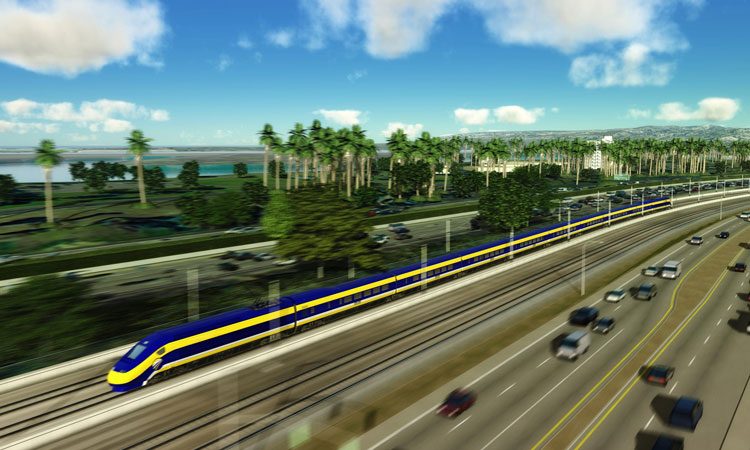

Conceptual rendering of the California high-speed rail project. Credit: www.hsr.ca.gov
The California High-Speed Rail Authority (Authority) has taken another step forward in advancing work for Southern California’s Los Angeles Union Station (LAUS). Together with the California State Transportation Agency (CalSTA) and the Los Angeles County Metropolitan Transportation Authority (Metro) an agreement was reached to steer more than $400 million in Proposition 1A funds towards the transformative Link Union Station (Link US) project.
The Link US project will transform how the regional rail system operates in Southern California by allowing trains to enter and exit the station from both the existing northern tracks and new tracks to the south over the 101 freeway. This is anticipated to significantly increase capacity for rail services while reducing train idling times. The project will also accommodate future high-speed rail services and greatly expand the station’s capacity with an extended passageway under the tracks and new platforms, escalators and elevators.
Authority CEO, Brian Kelly, said: “This is further proof that we are committed to bringing high-speed rail to Southern California. We are actively working with our local and state partners on projects such as Link US that will bring both short-term and long-term benefits to millions of Californians. High-speed rail services was always envisioned by the voters to bring riders into the heart of Southern California, and this project is another step towards making that happen.”
CalSTA Secretary, David Kim, commented: “Collaborating with our local transit partners is a top priority for us, and this agreement further demonstrates that we are committed to working together to create a safe, sustainable transportation system for years to come. Successfully integrating high-speed rail at LAUS will provide significant mobility benefits to Southern California and the state as a whole.”
Metro CEO, Phillip A. Washington, said: “Metro is very pleased to work with our state partners on preserving LAUS while expanding the station to handle the future growth that we know will occur. Everyone looks forward to the day when someone in Los Angeles can take Metro or Metrolink to Union Station, where they can transfer to high-speed rail for a speedy and relaxing trip to destinations throughout California.”
Project delivery
Via the agreement, all parties will establish a Link US Executive Steering Committee to coordinate and facilitate delivery of the project. This committee will ensure that all partners work together to allow the Authority to secure approval and release of $423 million in Proposition 1A funds, appropriated by the California Legislature pursuant to Senate Bill (SB) 1029, which was signed into law in 2012. The Agreement also ensures that the Link US project will be built to enable future use by California’s High-Speed Rail, Metro, state-supported intercity trains and other passenger and freight rail providers.
Los Angeles Union Station is Southern California’s largest multi-modal transportation hub that provides rail connections to six counties (Ventura, San Diego, San Bernardino, Riverside, Los Angeles and Orange) in addition to serving the very busy Los Angeles–San Diego–San Luis Obispo (LOSSAN) rail corridor.
Under state law, the Authority will next complete a Funding Plan to be approved by the Authority’s Board of Directors and the Director of Finance. The Authority will additionally work with Metro to develop and execute a Project Management and Funding Agreement that describes the project management and reporting requirements.
Related topics
Funding & Finance, High-Speed Rail, Infrastructure Developments, Station Developments
Related organisations
California High-Speed Rail Authority (CHSRA), California State Transportation Agency (CalSTA), Los Angeles County Metropolitan Transportation Authority (Metro)




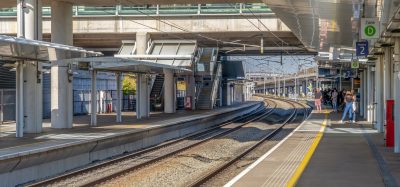
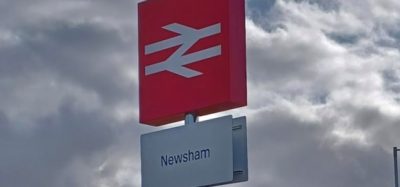
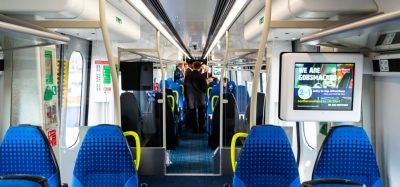
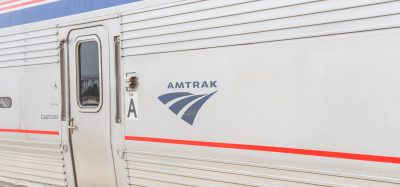

All well and good but what this all points to is less money going to actual high-speed rail construction in California’s San Joaquin Valley. And this on top of the $5 billion to $6 billion that at least one California legislator is proposing get shifted from the San Joaquin Valley construction effort to what is referred to as “bookends” work in both the San Francisco Bay Area on Caltrain and on Metrolink’s Anaheim to Burbank section, presumably, in the case of the latter, to help alleviate congestion on the busy Interstate 5 motorway between those two cities, that is, should the proposal gain traction. Both Caltrain and Metrolink are commuter rail systems operating in state.
The current plan is to build incrementally between Bakersfield and Merced in California’s San Joaquin Valley. The estimated cost for Bakersfield-to-Merced, including electrical overhead catenary; track; stations; for over- and under-crossing-work in the form of bridges, trenches and viaducts; trains; utility relocation work, and environmental reviews, is $20.4 billion. If that is truly the project plan, then every dollar of that is needed in the San Joaquin Valley to ensure that the 171 miles of infrastructure linking Bakersfield with Merced is built. That this money should remain in the San Joaquin Valley for this purpose should go without saying.
Should the proposal in question become reality, then an estimated $14.4 billion to $15.4 billion of the $20.4 billion total, will be what remains for high-speed rail building in the San Joaquin Valley; line construction limited to just 119 miles between Madera and Shafter (more rural communities in the San Joaquin Valley) instead of the 171 miles between Bakersfield and Merced which, incidentally, are two major San Joaquin Valley cities. Amtrak will be the presumed operator of the service between Madera and Shafter, the trains presumably to be pulled by diesel-powered locomotives.
On the other hand, there is every expectation that if true high-speed rail is offered in the San Joaquin Valley with trains operating at a maximum speed of 220 miles per hour, once riders experience the service upgrade, I suspect the case will easily be made for additional high-speed rail system expansion in California – and that includes in and to Southern California.